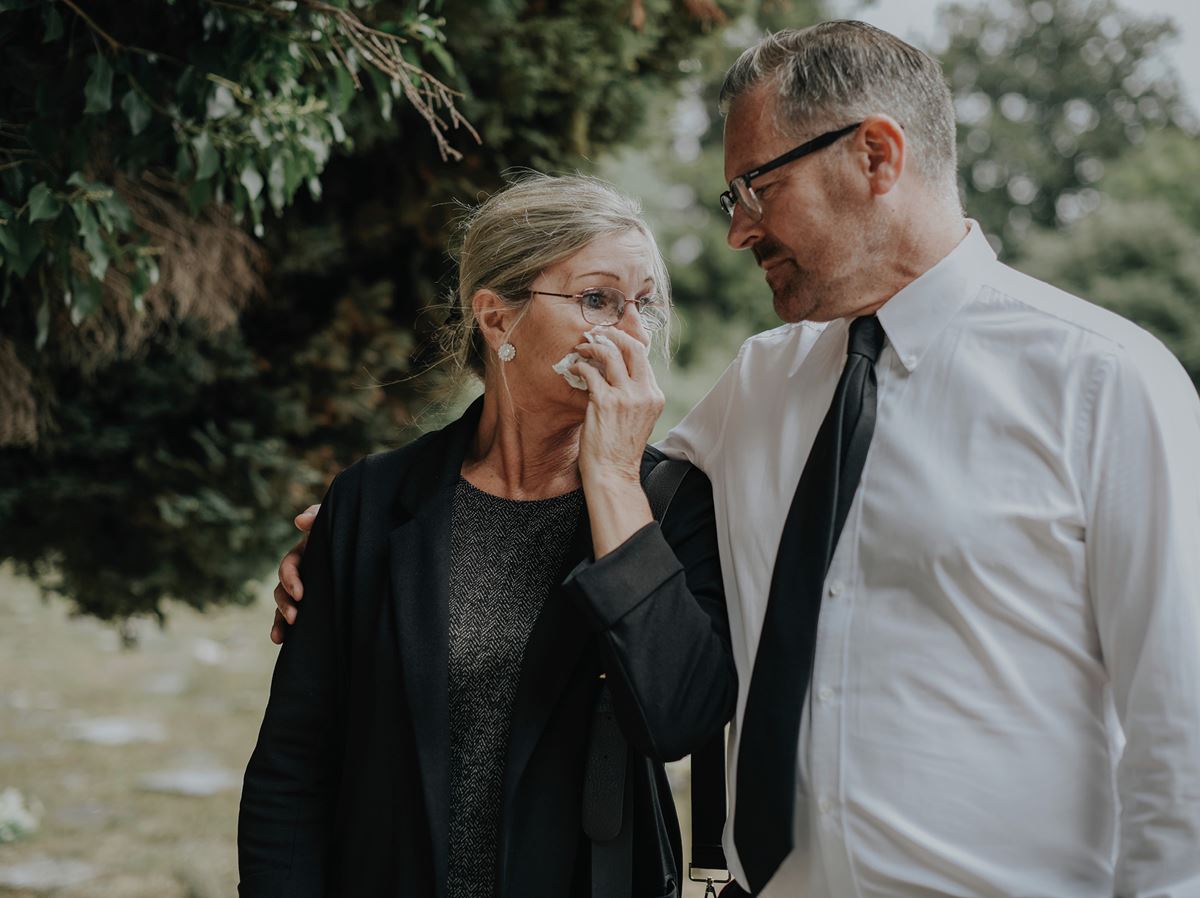
How do you express your thanks after a funeral?
Published on August 15, 2016
- Rituals
After the death of a loved one, it’s customary to thank the friends and family who came to attend the funeral. While it might seem quite secondary to conform to social customs, thank you cards after a funeral are important, since they let you show your gratitude towards those who demonstrated kindness during these trying times of pain and grief.
Do it when you feel like it and if you can
You shouldn’t feel obligated to write out thank you cards if you don’t feel like it. For some people, this process can help them break free, find comfort, and even cut short feelings of isolation, or even help with the grieving process, by keeping busy and recreating links. On the contrary, for others, it’s just a secondary task that comes at the end of the funeral. If that’s the case, it’s better to hold off: everyone understands that sending thank you cards after funerals can be too hard a task to handle for a person in mourning and nobody would want you to delegate it in order to avoid looking after it yourself.
Prepare a list of the people you want to thank
Right away, we inevitably think of thanking the people who were present during the ceremony. But it’s also customary to include all the service providers who participated in the funeral, such as the pallbearers, the funeral organizer, and the caterer. Finally, you should also think of those who couldn’t attend the funeral and sent flowers and messages.
Write out the messages
Thank you notes can take different forms. The simplest and fastest way is to have thank you cards with a standard message made. You can also create personalized messages with a photo of the deceased, or a unique message for each recipient, or even use a poem, an excerpt from a book, or a song as a message. It’s customary for the family to write out a personalized message that consists of a few simple words to the people they know well. No need to write a long text; one or two sentences is enough to give your thanks for their contribution or the services they provided. It can be as simple as: “Thanks for the beautiful flowers. The arrangement was very successful.”
Distribute the thank you notes
In the absence of a religious ceremony, there isn’t really a convention here. According to custom, you should use dark, grey, or beige cards. Regardless of the chosen card type, it’s recommended to collect addresses (for example, in the book of condolences) and send the thank you notes between a few days and several weeks after the funeral.
In certain communities, it’s also customary to have your thank you notes published in a print newspaper selected based on the geographical location of the people to whom they’re intended.
Create an online memorial
These days, creating an online memorial is becoming increasingly common. A space dedicated to the family as well as to loved ones, it lets you thank each person, but also continue to share memories, photos, and videos while paying tribute to the deceased.
When a death occurs, the priority is to deal with the emotions that resurface before tackling these diverse and varied tasks. After the challenge of a funeral, thank you cards shouldn’t be a source of additional stress. The people who paid particular attention to you or demonstrated their support have acted in a totally selfless way and don’t expect thanks in return. Don’t hesitate to take your time with the steps that you’re not ready for and help yourself first.